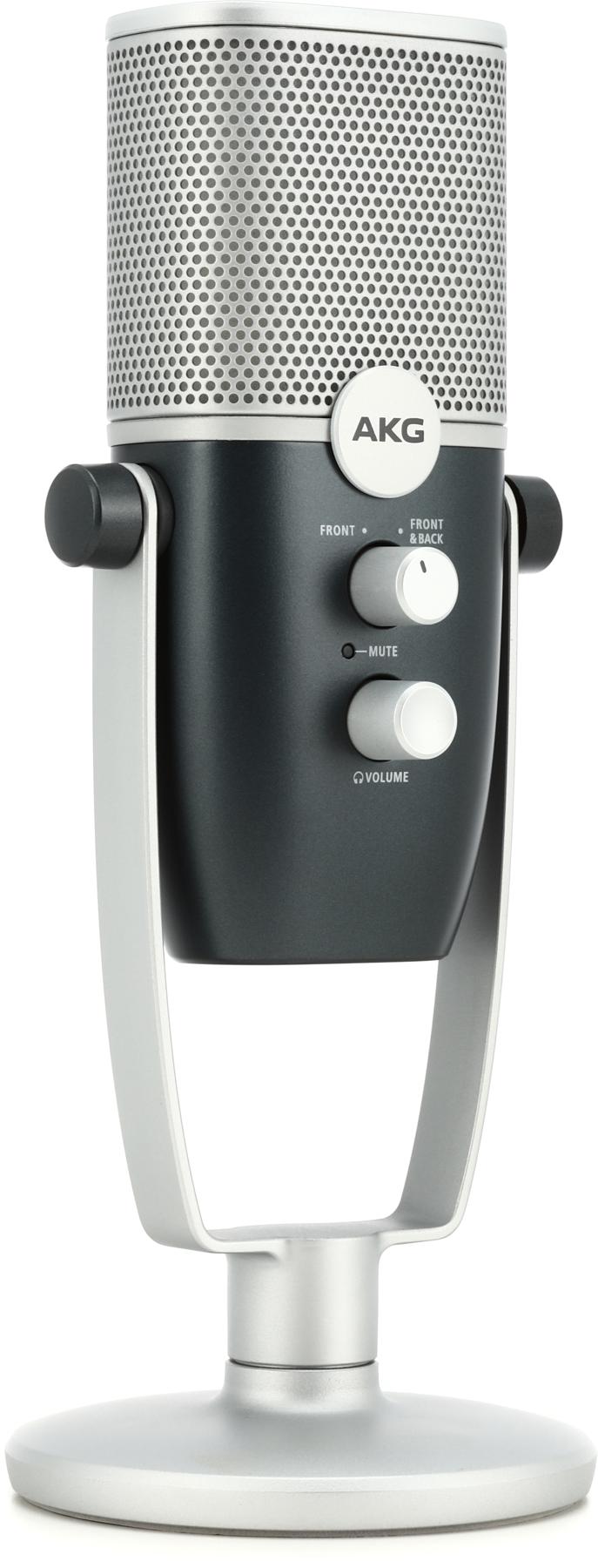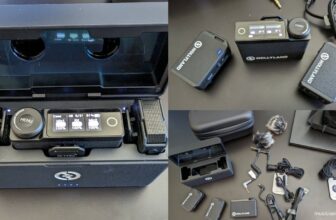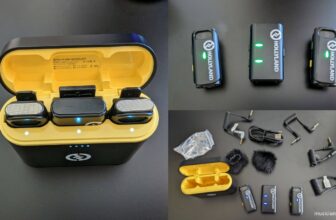AKG Ara Review – Is It Worth It?
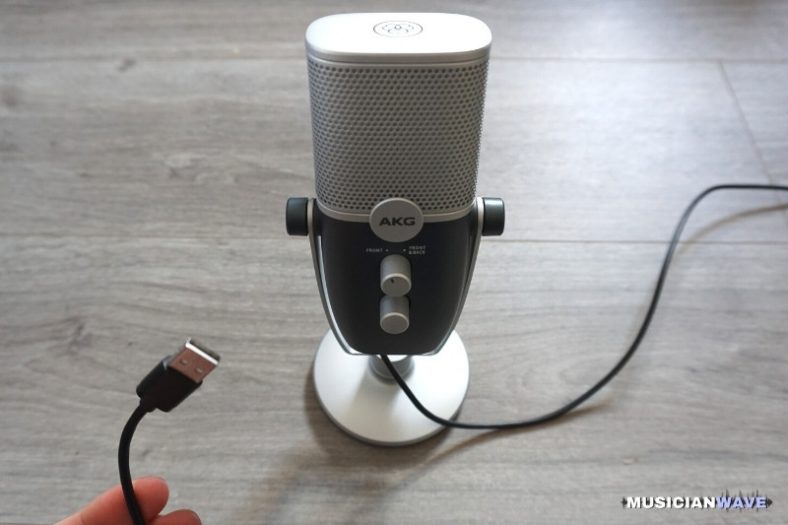
The AKG Ara is a USB condenser mic that provides very decent sound quality for basic recording purposes. The microphone is small, affordable, and is very easy to use with its plug-and-play USB-C connection.
AKG sent us a free sample of this microphone in order for us to test it out and review it. This will not affect the opinions mentioned in this review.
The AKG Ara is a little more portable and even easier to use than its bigger brother, the AKG Lyra. That said, the Lyra offers better sound quality (particularly when picking up sounds around the entire mic and further away from it), a gain knob, and more capture patterns.
Contents
AKG Ara
Verdict
The AKG Ara is a decent and affordable USB microphone. It’s very simple and easy-to-use, but it doesn’t have the flexibility of its bigger brother, the AKG Lyra. It’s on par with other microphones within the same range and has a small, cool retro design. The biggest drawback is that it may pick up unwanted background noise.
Pros
- Great value for money
- Plug-and-play with USB-C connection (included cable is USB-C to standard USB-A)
- Nice retro design
- Very good when using the ‘Front’ capture pattern mode.
- Very portable
Cons
- Limited control options
- No mic gain knob
- Picks up unwanted background noise
The AKG Ara features a vintage-meets-modern USB mic for podcasts, streaming, and voice-overs.
This microphone is very easy to set up, with its plug-and-play nature, and provides good sound clarity for recording purposes. The AKG Ara shares a lot of similarities with its bigger brother, the AKG Lyra, but they differ in configuration, flexibility, and price.
First Impressions
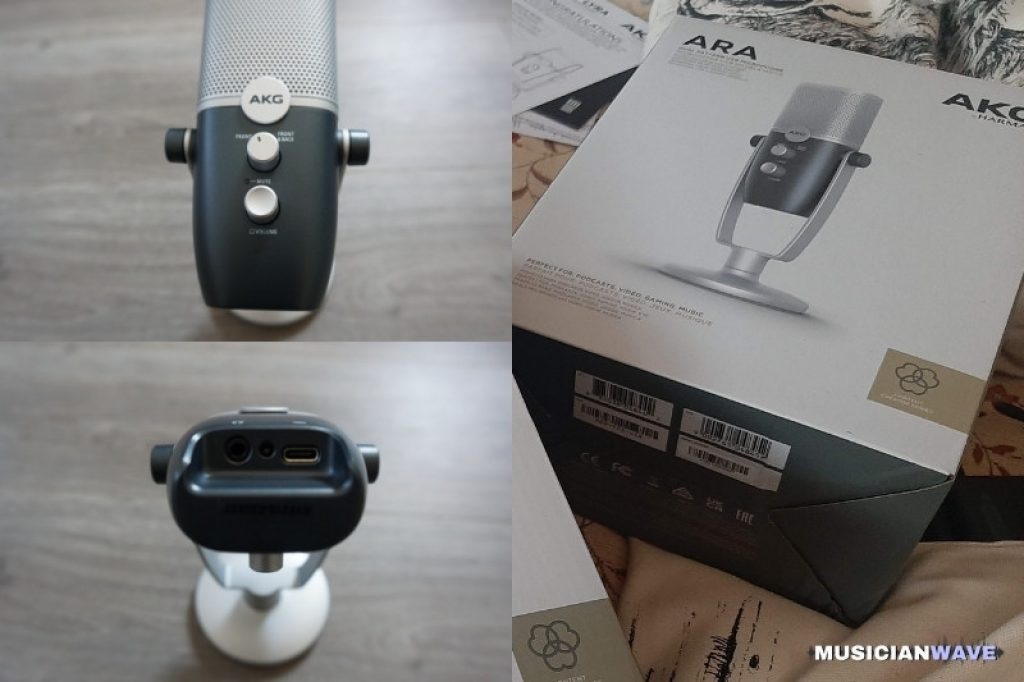
This plug-and-play USB mic works with a variety of devices and comes with a metal screen head.
It’s a very compact and straightforward condenser microphone with a detachable integrated desk stand which can be mounted on a boom arm if needed.
The AKG Ara features 2 knobs, one for polar pattern selection and one for headphone volume (which also includes a push function for muting the mic). You can choose between the Front polar pattern which is only for front recording or the Front & Back option for a one-on-one interview-style type of recording. In my opinion, the Front capture mode would be the best choice in most cases.
Both knobs are on the front of the mic and are very easy to use. There is a slight wobble with them, but it’s certainly not a dealbreaker. The volume button is an infinite scroll type button that maps to your volume settings, I’d prefer if there was a start and end point to the knob instead. That said, the mute function is handy in place of this.
You connect the AKG Ara to your device using its USB-C connection and you can also monitor using a 3.5 mm headphone jack, which is quite handy.
The mic comes with a sturdy base, and the angle can be easily adjusted. You can alternatively remove this off and attach the mic to a boom-arm or stand.
Recording and Sound
Given the price of the AKG Ara, it records surprisingly well. Recordings are quite crisp and come through nicely. It should suit perfectly well for gamers, streamers, and vloggers that want to capture spoken word from the front of the mic.
It recorded sound very nicely from my tests, and it didn’t pick up unwanted plosive sounds unless I was right up against the microphone.
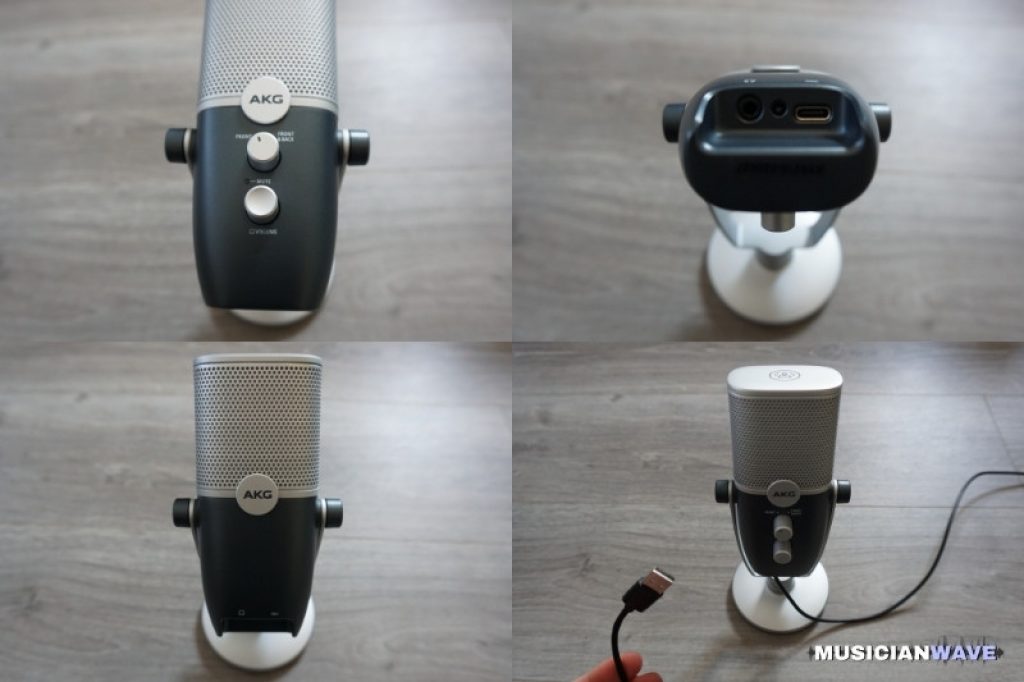
The AKG Ara has a 24-bit depth like the Lyra model, and a 96 kHz sample rate (as opposed to a 192 kHz SR of the AKG Lyra). If you’re looking for good quality, basic recording, this should fit the bill nicely.
The ‘Front’ mode captures sound from the front of the mic, minimizing unwanted noise from the back and sides of the mic.
The ‘Front & Back’ mode, as the name suggests, picks up sound from both sides which can be useful for interviews, and podcasts even, and has an overall good sound clarity and depth.
I think the ‘Front’ polar pattern mode is the better of the two options for most cases because it reduces background noise a bit more.
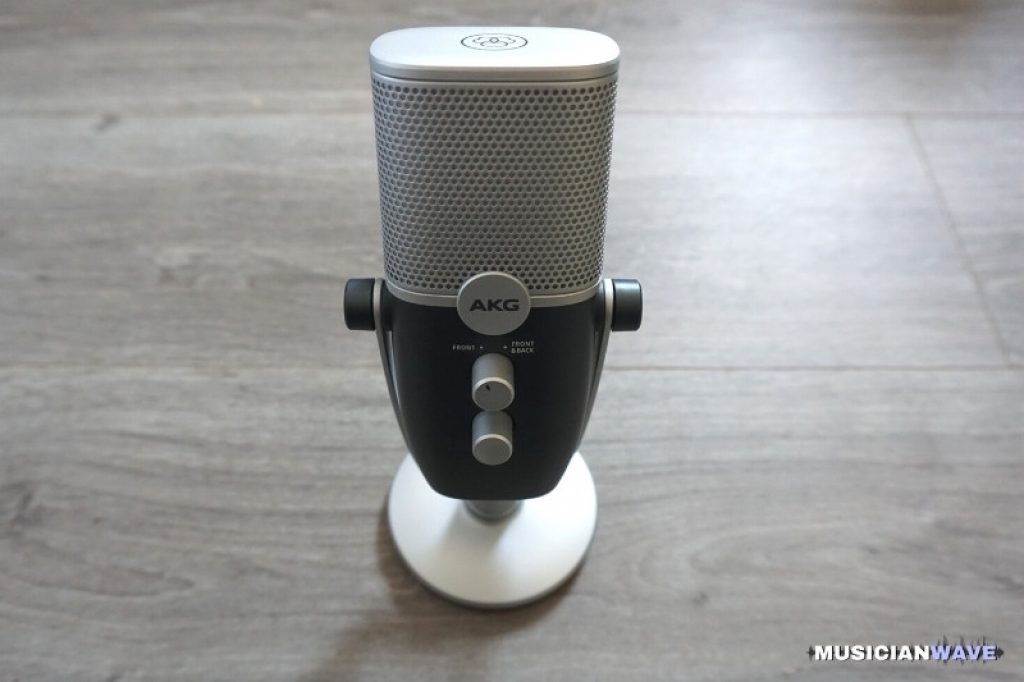
Alternative Options
Just like the AKG Lyra is comparable to the Blue Yeti mic, the AKG Ara can be compared to the Blue Yeti Nano. Both are USB condenser mics with 2 polar pattern modes – ‘Front’, ‘Front & Back’ of the Ara to the ‘Cardioid’ and ‘Omni’ of the Blue Nano.
Another one that comes to mind is the Rode Mini. Again, also an affordable mic with a similar price tag.
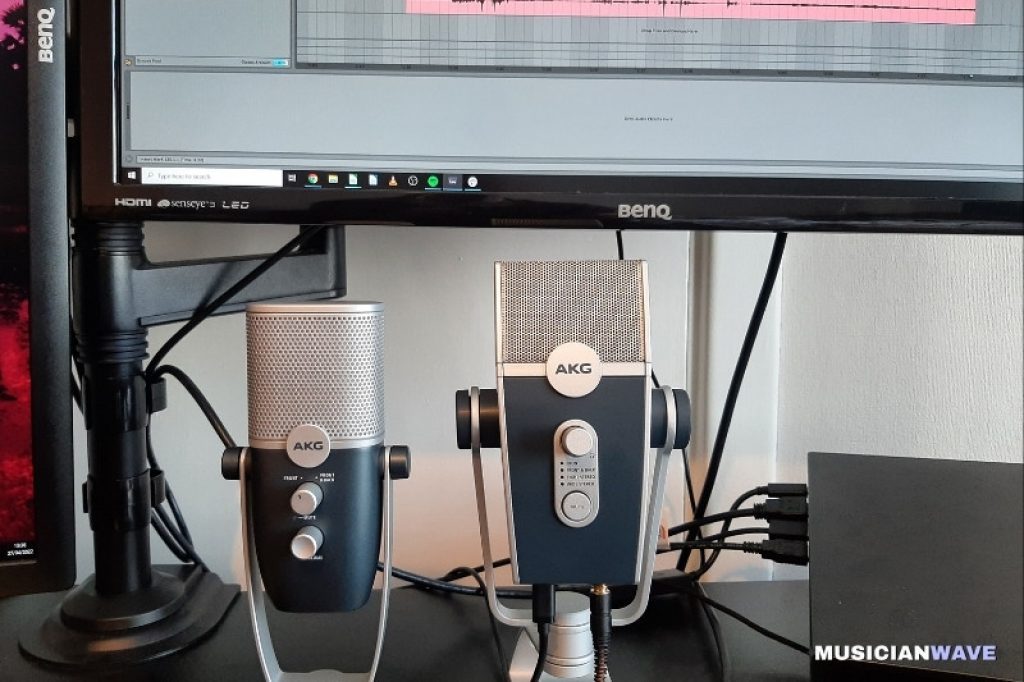
Drawbacks
The first obvious drawback of the AKG Ara is that it only includes 2 capture patterns in comparison to the Lyra model’s 4 patterns. The Lyra’s “Tight Stereo” and “Wide Stereo” is much more suitable when you want to pick up audio from a wider range (other than directly on front or behind the mic).
Also, there is no microphone gain knob which is certainly a drawback, though you can adjust the gain on your audio in your recording software if necessary.
The pickup of unwanted background noise is extensive with both mic modes, but as you might expect, it’s a bit cleaner when using the front mode.
Software
The AKG Ara is a plug-and-play mic that works with practically any recording or streaming program. the Ableton Live 11 Lite DAW was also included in the box, which is an excellent application for basic recording and music production, but it certainly doesn’t measure up to the paid versions of Ableton Live in terms of functionality.
Specs
The AKG Ara has an impressive list of specs for a mic in this price range.
Frequency Response: 20 Hz – 20 kHz
Polar Patterns: 2 polar patterns – Front, Front & Back
Bit Depth: 24-bit
Sample Rate: 96 kHz
Maximum SPL: 120 dB SPL
Power Requirement / Consumption: 5V USB / 74 mA
Verdict
Overall, the AKG Ara is a very decent condenser mic but with a limited amount of flexibility of use. Granted, the price is very affordable and is on par with most USB mics of the same quality. Like its bigger brother, the AKG Lyra, it delivers very decent sound quality and performance. It is great for single-voice purposes like streaming, podcasting, and voice-over use.


